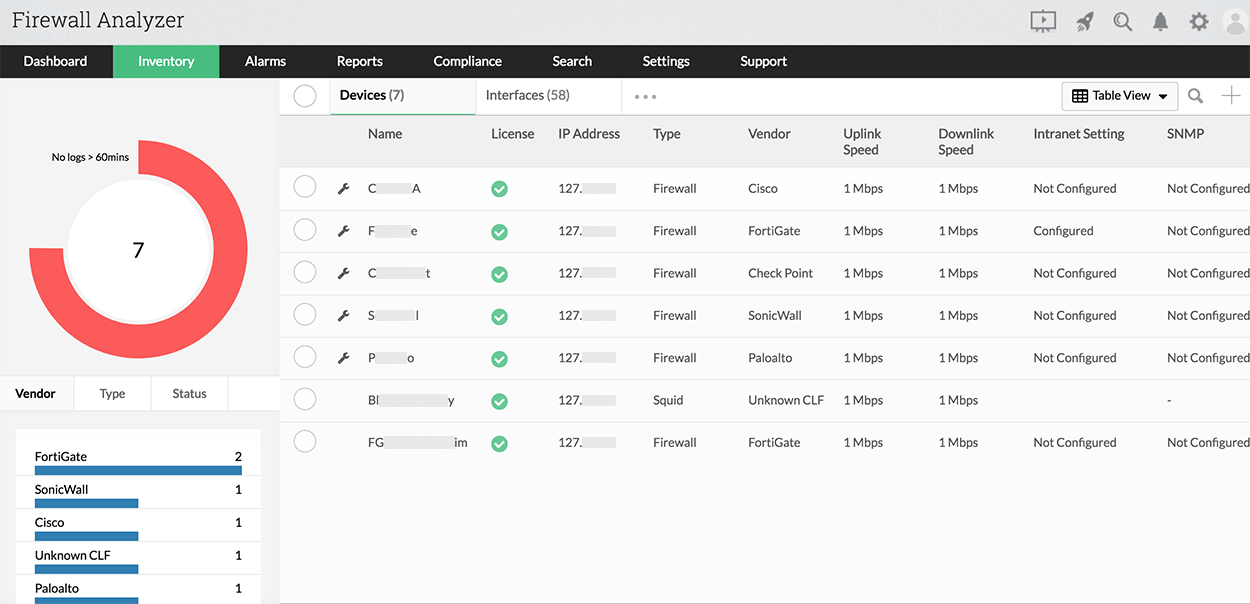

- .net monitor tool how to#
- .net monitor tool install#
- .net monitor tool series#
- .net monitor tool download#
In other cases, you might need to feed your monitoring system with real count values and benefit from advanced charting such as non derivative computation to show a rate based on a series of values. NET Framework performance counters that are polled by the monitoring application, the counters are pushed by the monitored. In a nutshell, dotnet-counters tool is listening to another application via EventPipe. In addition, it is also possible to define alerts based on threshold for some metrics values (when CPU > 85% for more than 5 seconds for example). These graphical representations allow us to have a visual representation of the evolution of metrics over time. What are these “counters”Įven though it is nice to have a console-based cross-platform tool to see the values of counters change, what would be the cost to get them into your own monitoring pipeline? For example, at Criteo, we are pushing our metrics to Graphite in order to get nice Grafana dashboards. In addition, if you are using ASP.NET Core, starting from Preview 7, then you could get a few counters from the “” provider defined in HostingEventSource.cs. However, you are free to create your own provider and expose your application metrics as shown in this tutorial (and in the next forthcoming post). This list is currently hard-coded in the CreateKnownProviders method. Note that you need to have the same version both for the Core CLR runtime and for the tools because, as you will soon see, the monitoring and the monitored applications are communicating via a dedicated protocol (that have changed between previews) on top of a transport layer different between Windows and Linux.Īfter the installation, use the following command line dotnet counters monitor -p and you get a 1 second auto-refreshed view of counters.
.net monitor tool install#
Use the following command line to install dotnet-counters: dotnet tool install -global dotnet-counters -version 3.0.0-preview7.19365.2
.net monitor tool download#
Microsoft is currently working to provide other ways to directly download the tools binaries without having to install the SDK or recompile the diagnostics repository. You can download and install the tools automatically if you have installed. NET Core 3.0, it is now possible to view a few metrics thanks to the dotnet-counters tool. NET Core being cross-platform, performance counters were gone and, as explained in the previous posts of the series, CLR events were the only way to get metrics about how your. With this knowledge in hand, I’ve implemented helpers to let you get counters in less than 10 lines of code:Īt the end of this post you will be able to very easily integrate any counter to your own monitoring pipeline!.
.net monitor tool how to#
NET FrameworkĪt Criteo, our metrics are exposed in Grafana dashboards and it is interesting to figure out how the new counters are implemented and see how to fetch them via the EventPipe infrastructure.

dotnet-counters: collect the metrics corresponding to some performance counters that used to be exposed by the.dotnet-trace: collect events emitted by the Core CLR and generate trace file to be analyzed with Perfview.dotnet-dump: take memory snapshot and allow analysis based on most SOS commands.The diagnostics repository contains the cross-platform tools leveraging this infrastructure: NET Core 3.0 Preview 6, the EventPipe-based infrastructure makes it now possible to get these events from another process. NET Core 2.2 introduced the EventListener class to receive in-proc CLR events both on Windows and Linux. NET Core EventPipes IntroductionĪs explained in a previous post. Part 5: Building your own Java GC logs in. Part 3: CLR Threading events with TraceEvent.

Part 2: Grab ETW Session, Providers and Events. NET performance counters by CLR event tracing. This post of the series digs into the implementation details of the new. NET Core Counters internals: how to integrate counters in your monitoring pipeline


 0 kommentar(er)
0 kommentar(er)
